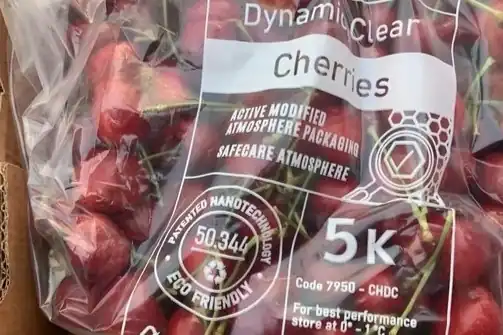It is easier to limit the height of trees when dwarfing rootstocks are used. However, obtaining the desired quality and yield from these trees is difficult in the absence of a suitable training system. Consequently, the choice of the training system is crucial and deserves meticulous consideration before the choice is made, given the significant impact on tree vitality, fruit excellence, harvest precocity and cultural management techniques.
The interaction of these factors must then be put into relation with soil and environmental characteristics, important variables that, for example, in Turkey have not yet been properly investigated. The objective of the research conducted in collaboration between three Turkish universities and Oregon State University (USA) was to evaluate the performance of the cultivar '0900 Ziraat' when grafted onto the semi-vigorous rootstocks Krymsk, Gisela 6 and Piku 1.
Four different training systems were applied to these cultivar/rootstock combinations: Vogel central leader (VCL), super slender axe (SSA), upright fruiting offshoots (UFO) and Kym Green bush (KGB). The study then evaluated the impact of the combination of these rootstocks with the training systems on fruit quality and yield.
It was observed that the rootstock had a significant impact on the fruit quality and vegetative growth of the tree, and that trees grafted onto the semi-vigorous rootstocks Krymsk 5 and Gisela 6 showed greater growth than those grafted onto Piku 1 rootstock.
It was found that the training system had an impact on the vegetative growth of the tree, with the greatest vegetative growth observed in the VCL trained trees. Fruit size, on the other hand, was not significantly influenced by the considered rootstocks, while trees grafted with Piku 1 and Krymsk 5 rootstocks produced fruit with a more intense colouration.
Trees trained with the VCL and SSA systems produced the largest fruit and trees grafted with the Gisela 6 rootstock showed the firmest fruit. Cherry is an excellent source of bioactive compounds, including sugars, organic acids, vitamins, antioxidants, phenolic compounds, and flavonoids. These compounds contribute significantly to the development of quality attributes such as taste, flavour and colour and are also crucial in determining the fruit's value to human health.
Cultural management, ecological factors, rootstock and cultivar influence the variation in the concentration of these bioactive compounds. The results of the biochemical analyses indicate that the rootstock did not exert a statistically significant influence on the vitamin C content.
However, fruits harvested from trees grafted with the Piku 1 rootstock showed the highest phenol content. Fruits produced with the Krymsk 5 rootstock showed the highest antioxidant activity. The results of this study give a good idea of how each variable has (different) repercussions on fruit quality.
Further complicating this picture are the effects induced by combining several variables. Which combination to choose? The answer will have to be adapted, each time, according to the conditions considered.
Fonte: Aglar, E., Ozturk, B., Saracoglu, O. et al. Rootstock and Training Effects on Growth and Fruit Quality of Young ‘0900 Ziraat’ Sweet Cherry Trees. Applied Fruit Science 66, 61–70 (2024). https://doi.org/10.1007/s10341-023-01015-2.
Melissa Venturi
University of Bologna (IT)
Cherry Times - All rights reserved










